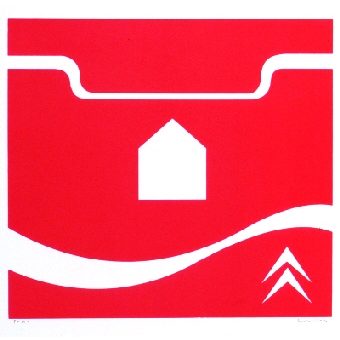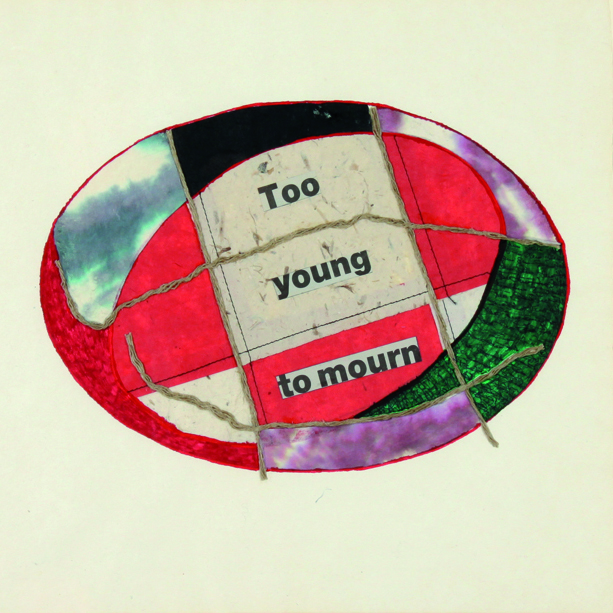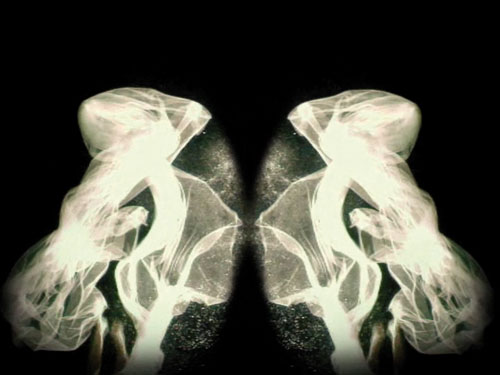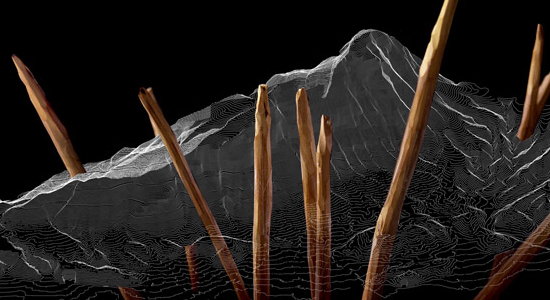The Museum of the University of Alicante introduces a collection mainly funded by pieces donated by artists and private contributors, as well as other pieces that the institution itself has gathered over the years. Some of its highlights are the graphic artwork by Eusebio Sempere and the collection of architectural photography by Julius Shulman.
Since 2005, the permanent room of the museum is regularly reorganized for space optimization and conservation reasons. This area is used for different exhibitions that are mainly based on their theme and their didactical nature in order to connect art with the audience in the most dynamic way possible.
The MUA collection currently shows a vast range of pieces, including more than a thousand artworks. It has been divided according to the technical and thematical spectrum that art presents: painting, graphic artwork, sculpture, work on paper, photography, video and digital media.

Thanks to the kindness of several artists, some of whom had their artwork displayed in the old exhibition room of the UA and at the MUA, our collection of paintings shows great variety in different technics and styles, as well as diverse motifs. Oil, acrylic, watercolour, collage and mixed media. Lyrical abstraction —more gestural and matteric—, but geometric abstraction as well. Figurative art, both realistic or magical. Some paintings involved social criticism and others show an autobiographic trait. Natural landscaping or abstract scenes of nature, filtered by the personal perspective of the landscape. Painters from our own region, or those who have fallen in love with it, and others that arrived from faraway lands. All of this creates a multi-layered mosaic conveying the diversity and freedom that defines contemporary plastic art.

Our graphic artwork collection is one of the highlights of the MUA, formed by an appealing compilation of pieces that stand out due to their high quality and diversity. With different techniques, woodcut, screen printing, lithography, etching or aquatint, and a vast range of artistic languages and styles.
Within this category you can find laminates of some of the most important Spanish artists like Pablo Picasso, Joan Miró, Gutiérrez Solana, Agustín Ibarrola, Hernández Mompó and Amadeo Gabino; painters from Alicante, such as Antoni Miró, Ricardo Junio and Alfonso Sánchez Luna, as well as some international names like W. Repsold, Ana Vivoda, Joe Spencer and Greg Winter.
However, the most important instalment of the MUA collection is without a doubt the entire compilation of Eusebio Sempere’s graphic artworks, including more than 200 laminates created by the most outstanding artist of the 20th century.

Despite its small quantity of pieces, our sculpture collection may be one of the most assorted in the museum. This is due to the diverse themes, dimensions, techniques and materials applied in their creation, as well as the artists’ different ages and backgrounds. Women’s identities, memory, tributes to other artists or ecology are some of the topics depicted in this collection. In order to craft these sculptures, in some cases their creators have used classic materials, such as alabaster, wood or bronze, and in other instances, some unusual elements were employed, such as branches, crafting paper or orange peel.
From all of the pieces, the highlights of the collection are two artworks created by an artist from Mutxamel named Arcadi Blasco. One of them is titled La Cova (The Cave), with an excellent ceramic relief that reflects the Abstract Expressionism movement in a very personal way, through an outstanding knowledge of materials and furnace. Homenaje a Tatlin (Tribute to Tatlin) is the other piece, a polyptych crafted with diverse materials, such as wood, canvas and ceramic. It pays tribute to Tatlin’s Tower, depicting different versions of the monument created by the Russian constructivist artist Vladimir Tatlin.

This section collects creations made with the collage technique and drawings portrayed on paper. The collection includes more than twenty collages, which can be divided into two groups depending on how they were developed. On the one hand, we find artists who use paper and cardboard to create abstract compositions. On the other hand, some creators find pictures and objects from other sources to recontextualize them in order to offer us completely new scenes.
Regarding the drawings, we can also differentiate two groups well. First, there are those whose purpose is to be an analysis or a sketch of another artwork; the other group gathers pieces considered as finished. However, in the latter, there are plenty of drawings halfway between a sketch and a finished piece, due to their instantaneous strokes and the coolness they radiate.

The main characteristic of the MUA photography collection is its multidisciplinary nature. On the one hand, we find art photography that approaches diverse narratives, from the most intimate ones to the depiction of natural and urbanized scenes; from the development of identity as an individual to the roots of the traditions which unite us as a community; from visual metaphors to abstraction. On the other hand, we feature documentary photography deep-rooted in tradition that comprises realms like architectonic, underwater, landscaping or reportage photography. Within the latter, the MUA´s dedication to the photojournalism of Alicante stands out due to pieces that delve into issues such as social exclusion, gender-based violence or the Sahara conflict.
One of our most completed collections can be highlighted: the architectonic photography by the North American artist Julius Shulman. He is renowned as one of the most influential photographers of his time, whose work was pivotal for modern architecture in the United States after World War II.

Most of the video pieces that belong to the MUA collection come from two of the calls on plastic arts by the University Museum. One of them, titled Corpórea, Representaciones del cuerpo en la contemporaneidad (Corporeal, Depictions of the body in comtemporary times), reflects topics such as the configuration of the body, the fragmentation of oneself, the loss of identity, new beauty standards, the unbridled cult of the body, its weakness, violence, sexuality, biogenetics, new media, virtual reality, etc. The other collection called Mulier, Mulieris (Woman, Women) was developed as a pluralistic platform open to both men and women making use of any kind of creative resource to address gender issues. Most of these pieces show questioning about female image and roles, giving visibility to women’s achievements and social issues such as inequality, discrimination or gender-based violence, the creation of new identities or the preservation of our most intimate gaze.

The incorporation of new technologies in the process of artistic creation has contributed to enhancing contemporary plastic arts. Amongst the pieces collected at the MUA, some of them employ digital technology, from their starting point or in their visualization. Some of the themes portrayed in this part of the collection are environmental degradation, the application of vector analysis, outlook on female stereotypes, visual metaphors and tributes to women’s legacy.